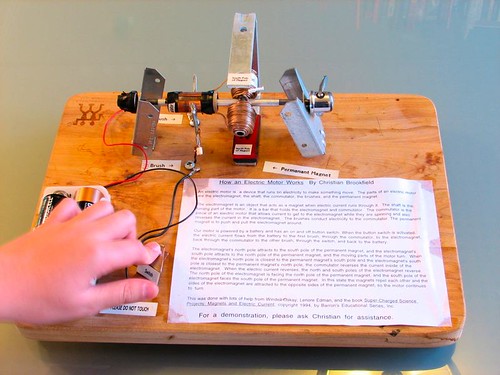
We had a lot of fantastic entries in our supercapacitor contest! We now have a Grand Prize winner, two Second Prize winners, and a number of honorable mentions. A big thank you to everyone that submitted entries!
The Grand Prize (ten supercapacitors) goes to Stephen Kupiec, for his winning entry, “Supercap Project Luxeon V Throwie”:
A Luxeon V LED driven off of a LuxDrives 3021 buckpuck has been sporadically putting out a very short bright flash every 15-30 min on my desk startling coworkers. But it hasn’t been connected to power in over a month. The buckpuck has been harvesting power from 220 microfarad electrolytic capacitor which is in the circuit as a power line conditioner. Given a 1 farad supercap coupled with a very low (10000:1) duty cycle flasher circuit, a very distracting flasher could be made.
We selected this entry both for its originality, as well as for taking advantage of the low internal resistance of the supercaps.
Two second prize winners will get five caps each:
Chad Norman‘s entry is funny enough that it’s hard to read with a straight face:
Dress them up, adding little tiny bits of plasticine/playdough and dress them all up real purdy like. Then, using stop motion techniques, animate an epic saga of romance, death, intrigue and action with the supercapacitors as the actors.
From Mike Saz comes another very practical idea for using supercaps:
Mod your wireless mouse. They’ll soak up a day’s worth of juice in seconds, and you can stop buying AA’s, or worse, nicads.
Read on for the (long) list of honorable mentions!
Continue reading Supercapacitor Contest: We Have Winners! →




















